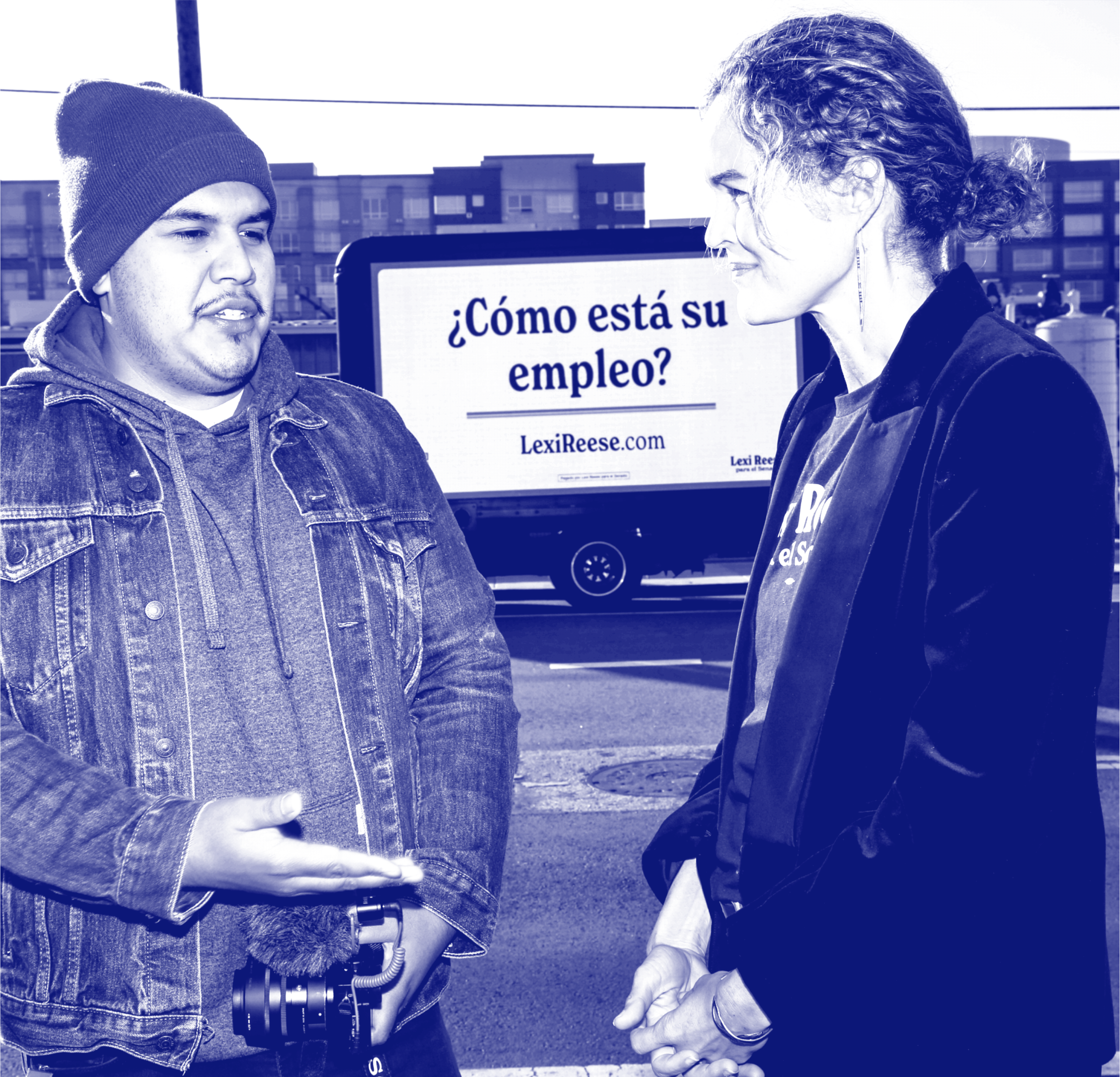What if Washington could reliably and efficiently provide housing, jobs, food, and healthcare to those who need it?
WHERE WE ARE TODAY
Families seeking government assistance are offered long waits and uncertainty. We constantly waste funds on poorly implemented and overlapping programs.
WHERE WE NEED TO BE
Create a per-user metric on time, ease, and effectiveness of services, and ultimately achieve higher quality services at a lower overall cost.

HOW WE GET THERE:
Let’s hold the government accountable to reduce overspending, increase efficiency, and improve overall quality of government assistance services. We need to implement excellence in operations and use designing thinking and technology advancements to make getting support easier for Americans in need. In doing this we can help eliminate poverty in the long term and encourage greater trust in government.
Step 1: Track and decrease “time tax” for citizens seeking assistance.
- Measure the effectiveness, efficiency, ease-of-use, or total costs of our social security programs to reduce frustration for our citizens and overspending for our government. We cannot manage what we do no measure.
- Ensure the federal government takes responsibility for and works to improve the “time tax” on its citizens by overhauling assistance programs and delivery with user-friendly and citizen-centered program design.
Step 2: Create accountability metrics to measure quality, efficiency, and effectiveness.
- Make the programs we have work better with accountability metrics around quality, efficiency, and effectiveness.
- Hold existing programs accountable in their missions to make the tax code fairer, expand the safety net, extend health insurance to everyone, and end child poverty.
Step 3: Overhaul tech and customer service standards for offices that administer assistance.
- Overhaul the implementation and maintenance of the federal, state, and local offices that administer government assistance from a user-first perspective.
- Simplify our benefit programs and create an aligned system of rules, application processes, and funding mechanisms so that citizens experiencing hardship and uncertainty can more easily navigate access to:
- Housing aid (Today, the experience is excruciating and tedious.)
- Employment opportunities (Today, losing a job means making a hundred phone calls to a state unemployment-insurance system.)
- Food for themselves and their children (Today, applications are daunting and complex. And California families are six times more likely to lose SNAP benefits the month they have to reconfirm eligibility.)
- Healthcare management (Today, getting injured, sick, or having a disability requires you to become a hospital-billing expert.)









